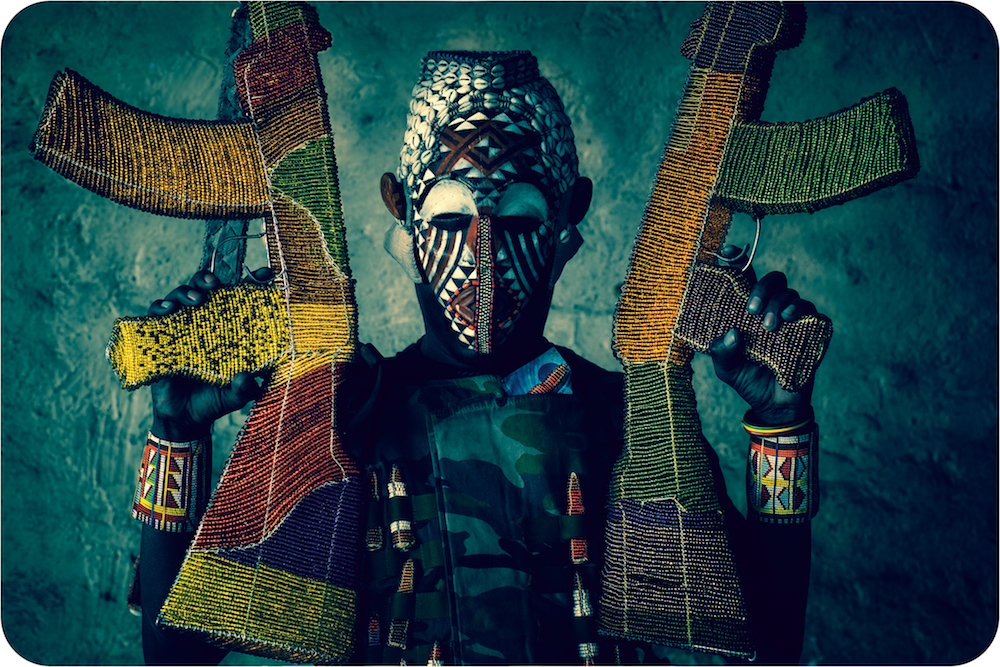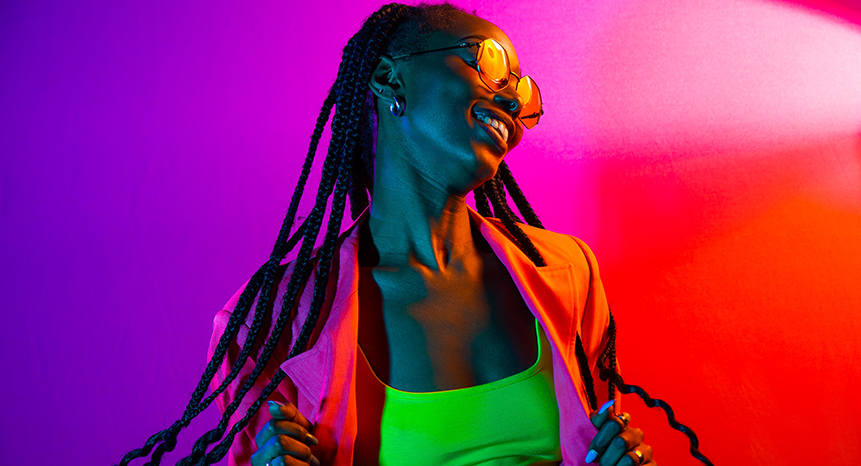“Politics has always found a way into the studio,” said Penny Siopis. But is this still the case in 2024? We’re in the midst of a new political ‘struggle’ for power, yet where is the art to prove it?
The Silence of 2024
Art and music have always given a voice to the voiceless, often spearheaded by a fearless young generation. But in the 2024 elections, the artistic expression of our fears, hopes, and dreams for the future were nowhere to be found. The new ‘struggle’ for our best future was dead before it was even born. Are we really that disinterested in politics, or is there something else going on?
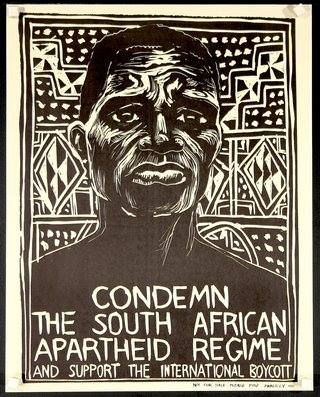
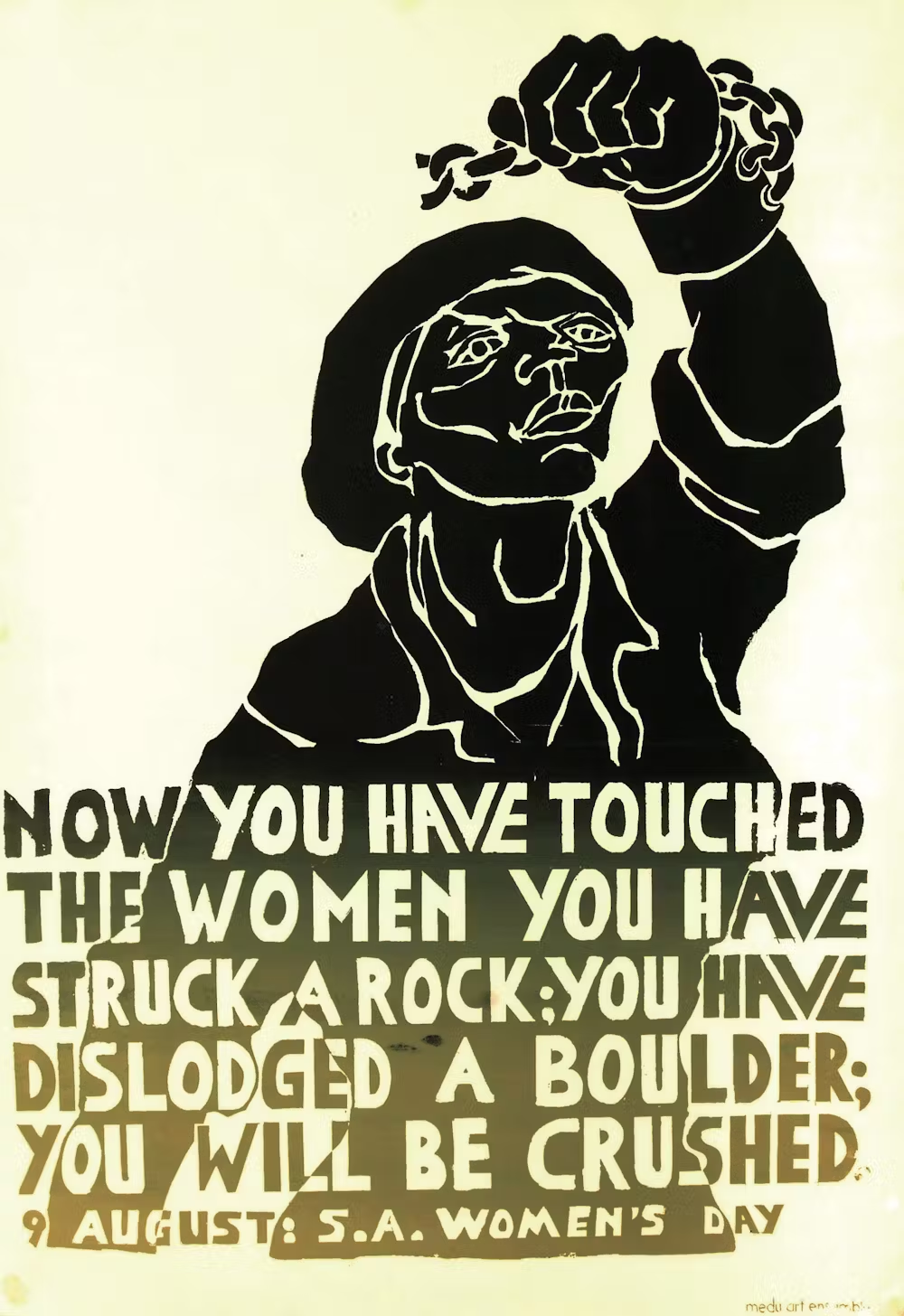
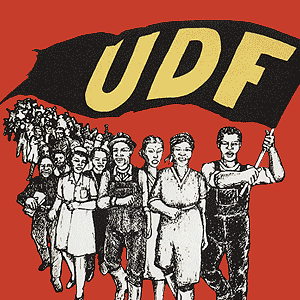
What is Resistance Art?
The role of resistance art is to expose injustices, bring perceived evils out in the open, and get the collective to care and stand up for their beliefs. It has been a powerful tool for social and political change in South Africa, especially during the fight against apartheid. Artists like Miriam Makeba and Hugh Masekela sang songs of freedom, while visual artists like Gerard Sekoto and Dumile Feni depicted life under apartheid. These works not only provided a voice to the oppressed but also did the very important work of gathering international support for the anti-apartheid movement.
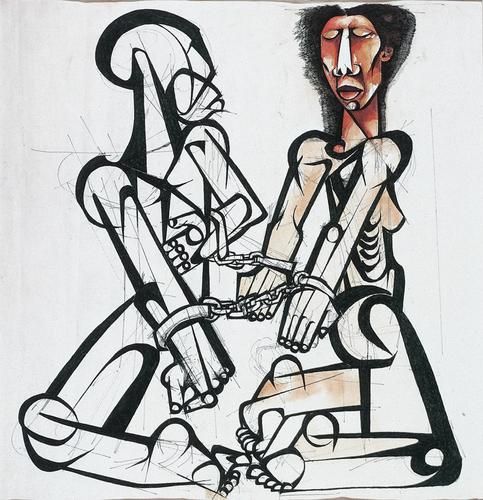
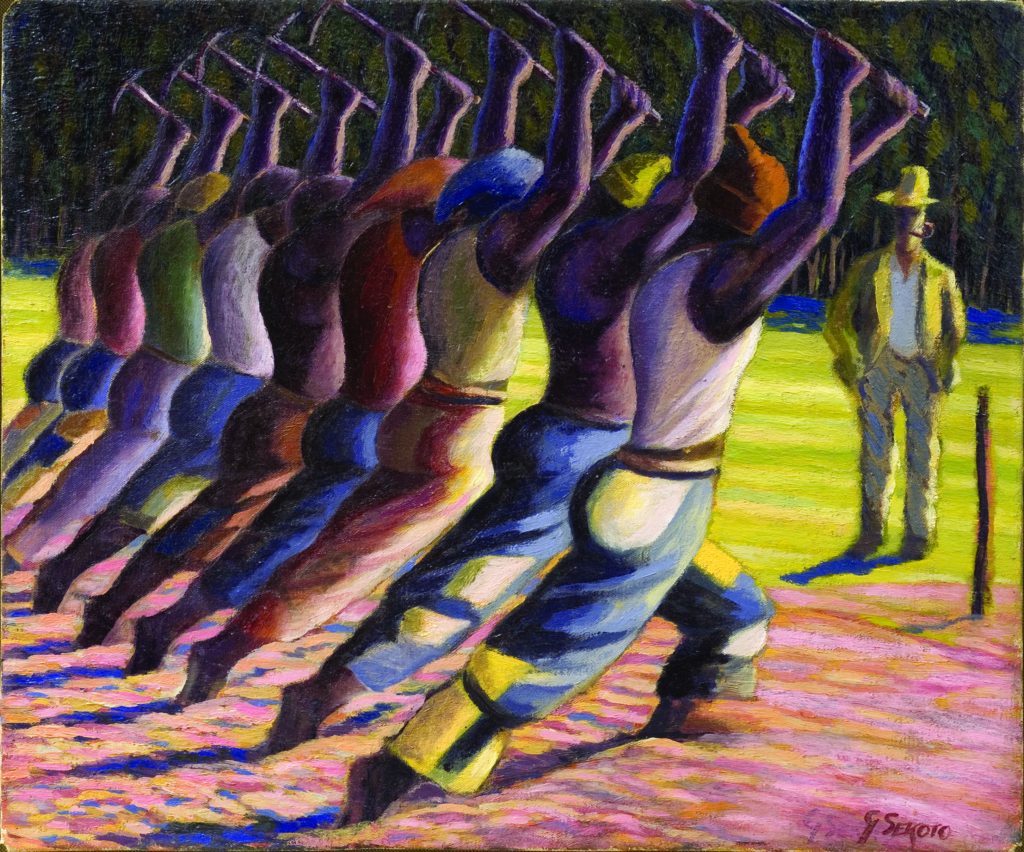
A Shift in Focus
Today, we still struggle with real issues in SA, often exacerbated by the politics (or politicians) of the day, and you would expect art to bring this to the foreground. Even though art reflects societal issues in present-day South Africa, there is a clear shift in focus from outward political activism to the inward exploration of identity, sexuality, and personal trauma.
Contemporary ‘political’ artists like Lady Skollie and Zanele Muholi still address themes of inequality by looking at the effects of colonisation and sexual socialisation but with a focus on the individual. Muholi’s powerful work raises awareness and challenges stereotypes around sexuality and LGBTQ+ rights. Meanwhile, Skollie shows how the evils of colonialism destroyed the history and the identity of an entire people. These contemporary ‘political’ themes often focus on past injustices and identity rather than demanding political and societal change at large for the present and future.
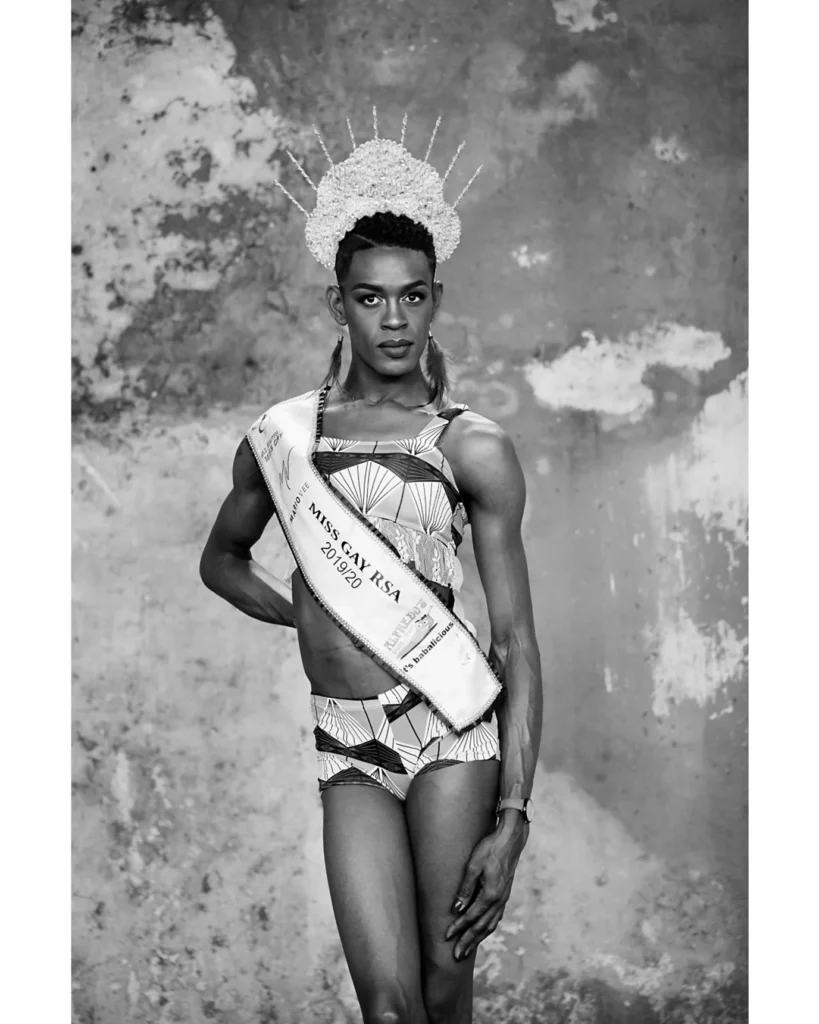
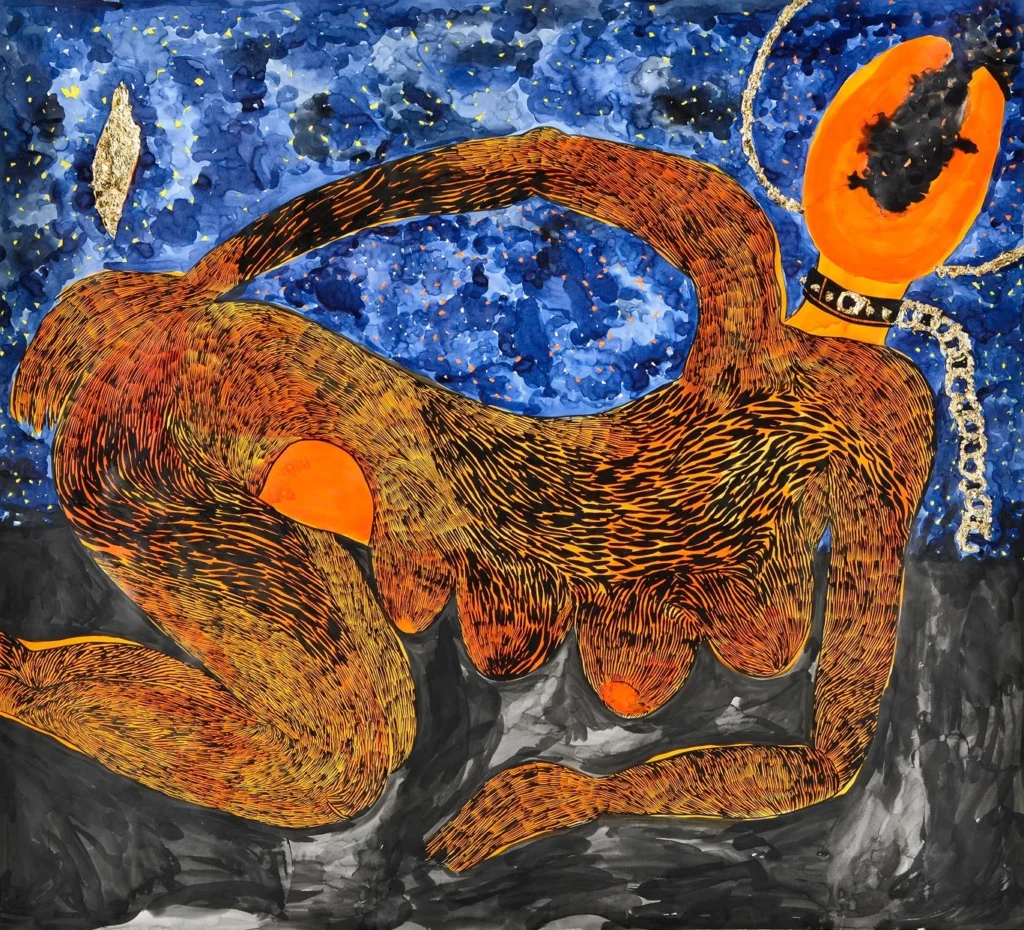
The Role of Street Art
The resistance art of the struggle era was largely public, manifested as murals, banners, posters, t-shirts, and graffiti, mediums that could easily be displayed in public spaces to convey bold political messages.
Looking at street art today, explicit political messages are rare. Murals in Cape Town and JHB CBD tend to comment on environmental or socio-economic issues instead. During this election period, there was a noticeable absence of art demanding change or even outright support of any strong political views, not even for the status quo for that matter.
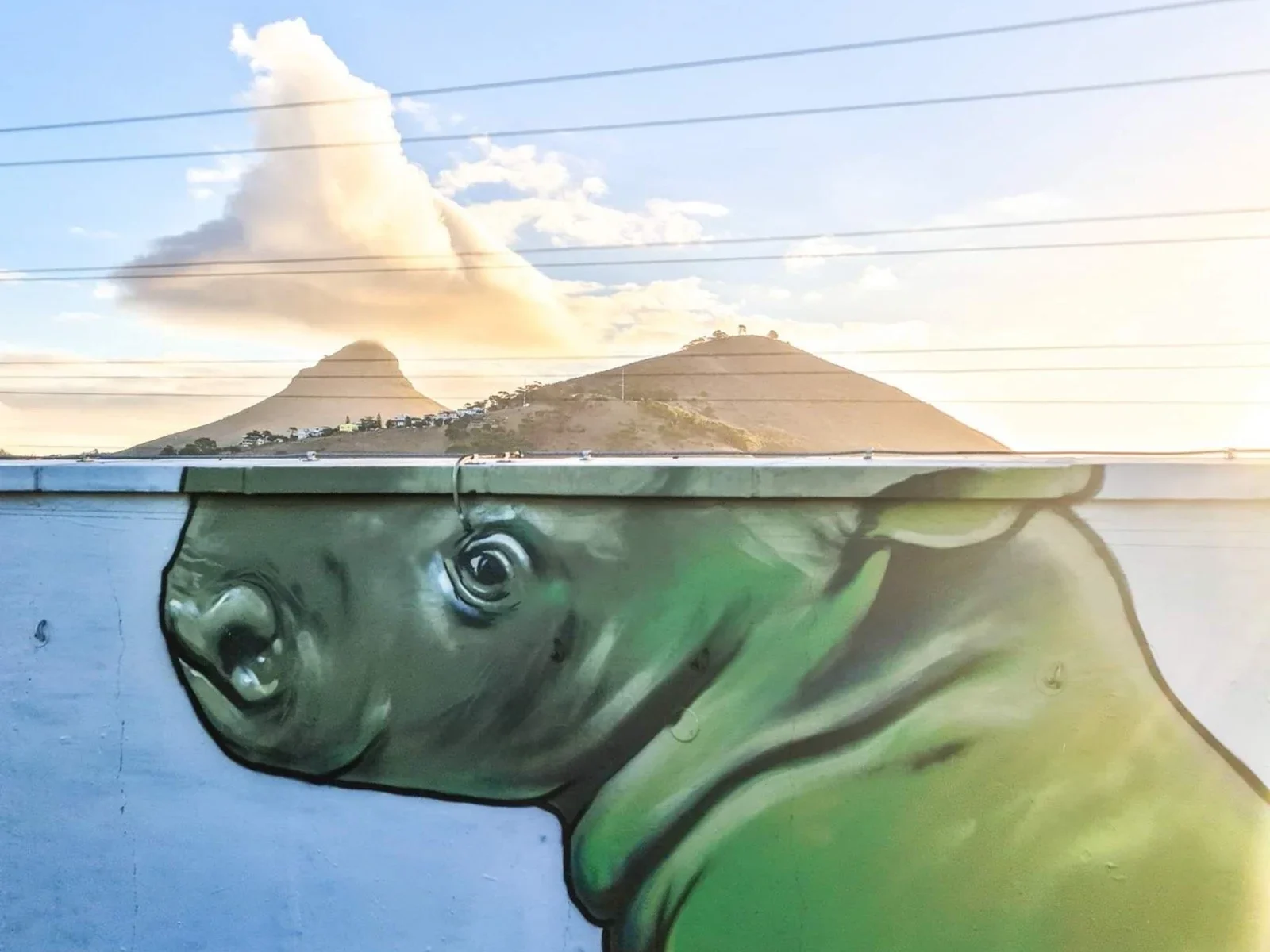
Possible Reasons for the Silence
Looking more to the individual than the community is a worldwide phenomenon, exacerbated by Western culture and the omnipresence of social media. Judging by our collective Instagram feed, we care more about our commercial selves than our community. But just because our feeds don’t tell the story, doesn’t mean we don’t experience anxiety, anger, or fear about our collective future.
On the upside, social media means artists can share their work widely, reaching new audiences and transcending physical boundaries. Instagram and TikTok are excellent platforms for resistance art, but on the downside ‘cancel culture’ and fear of alienation often prevent artists from making bold statements.
Other reasons explaining why we’ve lost the culture of resistance art include how we’re socialized and if we get access to opportunity and education. For example, artists from less privileged communities don’t have the channels or means to make and share their art. The middle class, on the other hand, have been socialized not to offend, with a generation-long emphasis on political correctness and politeness killing open and honest dialogue before it even starts. We also have a generation trapped by the ideas and emotions of parents, who could have strong reactions to alternative political ideas. All in all, the risk is high; why alienate followers and family when the reward is unclear?
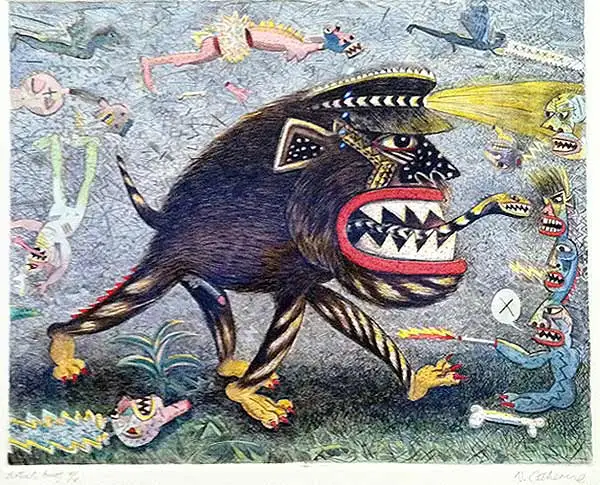
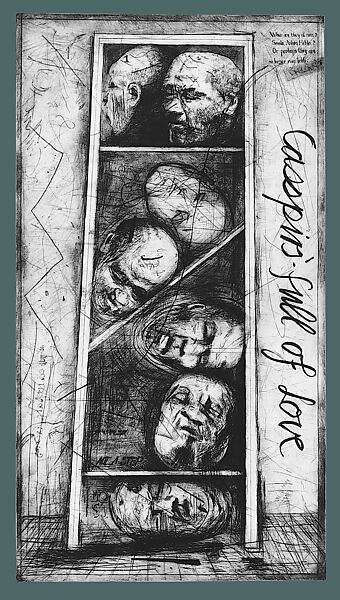
The Enduring Power of Art
As South Africa continues to evolve, the role of art in achieving political change remains as important as ever. In a world where political landscapes are constantly shifting, art can offer a unique lens through which to view and influence change. For the young people of South Africa, embracing the power of art means not only honouring the past but also shaping a more just and vibrant future.
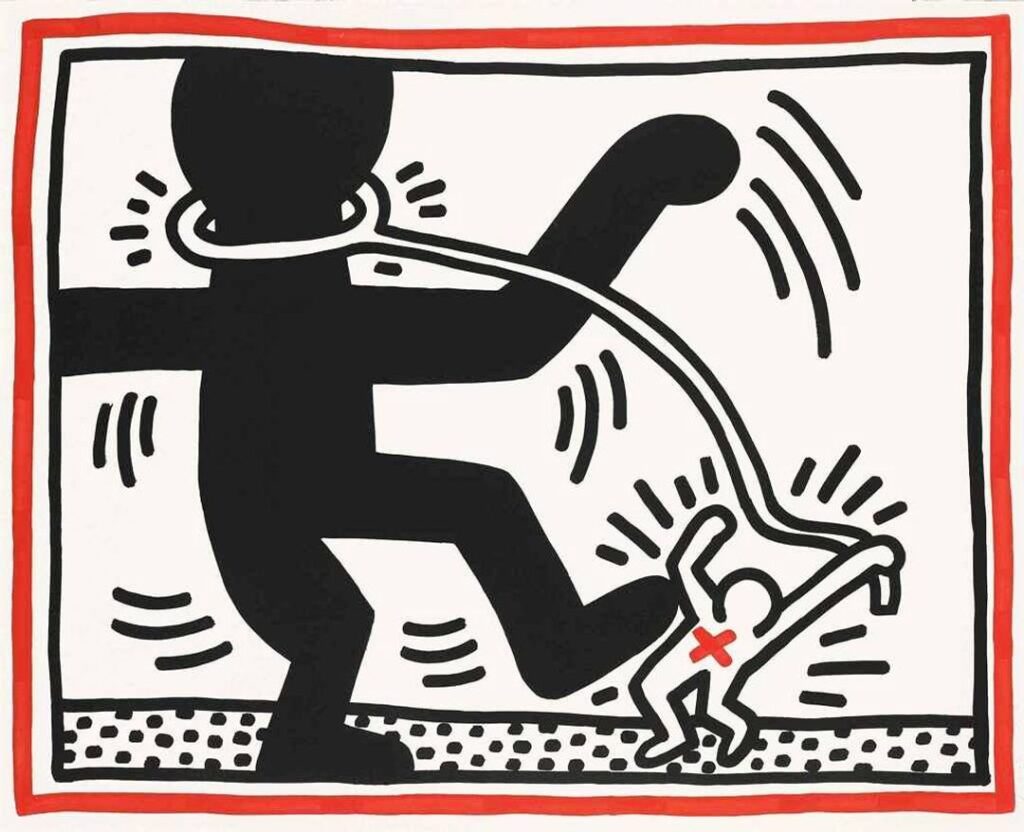
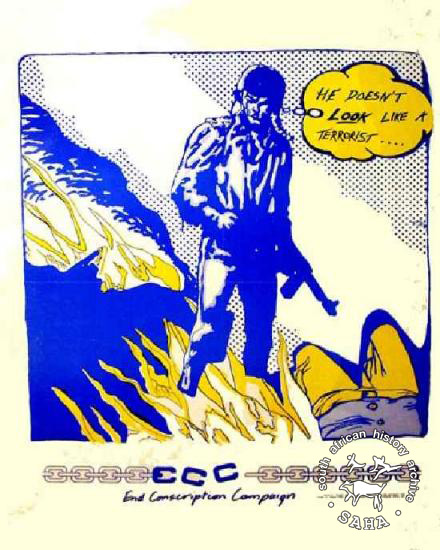
Call to Action
Art is a way to express your unique experiences, views, and aspirations to challenge stereotypes and historical ways of thinking. We need to facilitate the understanding of complex issues like politics, through art. By hosting community workshops and supporting collaborative art projects we can enable young artists to develop skills and find their voice in the creative landscape.
For many of us, this election has stirred various emotions—anxiety, fear, and hope—and it’s crucial to express these through art.
Let’s use creativity as a force for positive change, giving a voice to the voiceless and participating in the dialogue about South Africa’s future.
#Art4Change #Between10and5 #ResistanceArt #SouthAfrica
* Featured Image Credit: Ralph Ziman, Hondo, 2014.
Hondo was created by Ralph Ziman in Johannesburg. Ziman’s practice is motivated by a sense of social responsibility toward global politics. Using imagery that is at once vivid and dark, he comments on serious issues such as life under apartheid, the arms trade and trophy hunting.



